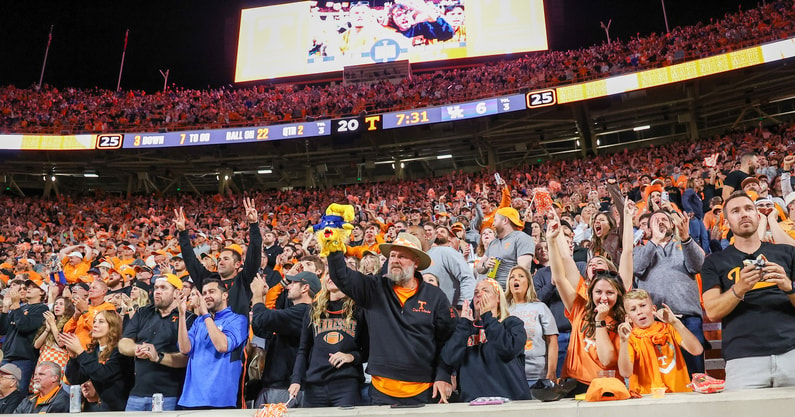In a recent broadcast that stirred considerable controversy, a Lexington television station directed a pointed and critical commentary toward Tennessee basketball fans, igniting a wave of reactions across social media platforms. The segment, aired on WLEX, a prominent Lexington-based news outlet, featured a satirical piece that many perceived as a sharp jab at the passionate supporters of the Tennessee Volunteers.
The broadcast unfolded shortly after a closely contested college basketball game between the Kentucky Wildcats and the Tennessee Volunteers, which saw the Wildcats securing a narrow victory. The segment began innocuously enough, with the anchor providing a recap of the game’s highlights. However, the tone shifted dramatically as the piece transitioned into a montage of exaggerated reactions from Tennessee fans, including clips of frustrated expressions, dramatic sighs, and humorous overreactions to the game’s pivotal moments.
While the segment was intended to be lighthearted and comedic, it quickly garnered criticism from Tennessee fans and neutral observers alike. Many felt that the portrayal was not only exaggerated but also bordered on mocking the genuine passion and dedication of Volunteers supporters. “It’s one thing to poke fun at a rival,” remarked a Tennessee fan on social media, “but this felt like a personal attack on our fanbase.”
In response to the backlash, WLEX issued a statement expressing regret for any offense caused. The station clarified that the segment was meant to be a humorous take on the intense rivalry between the two programs and not an indictment of Tennessee fans. “We understand that sports rivalries can evoke strong emotions,” the statement read, “and we apologize if our attempt at humor missed the mark.”
Despite the apology, the incident sparked a broader conversation about the portrayal of fanbases in media. Critics argued that such segments can perpetuate negative stereotypes and contribute to divisiveness among college sports communities. “Media outlets have a responsibility to foster a sense of unity and respect among fans,” stated a sports analyst. “While rivalries are a staple of college athletics, they should be celebrated in a way that honors the spirit of the game and its supporters.”
The Lexington station’s segment serves as a reminder of the fine line media must walk when covering passionate fanbases and intense rivalries. While humor can be an effective tool for commentary, it is crucial to ensure that it does not cross into territory that may alienate or offend the very audience it aims to entertain.
As the Kentucky-Tennessee rivalry continues to be one of the most storied in college basketball, moments like these highlight the deep connections fans have with their teams and the importance of respectful representation in media. Moving forward, it will be interesting to see how both media outlets and fanbases navigate the complexities of sports coverage and fan engagement in an increasingly interconnected world.



